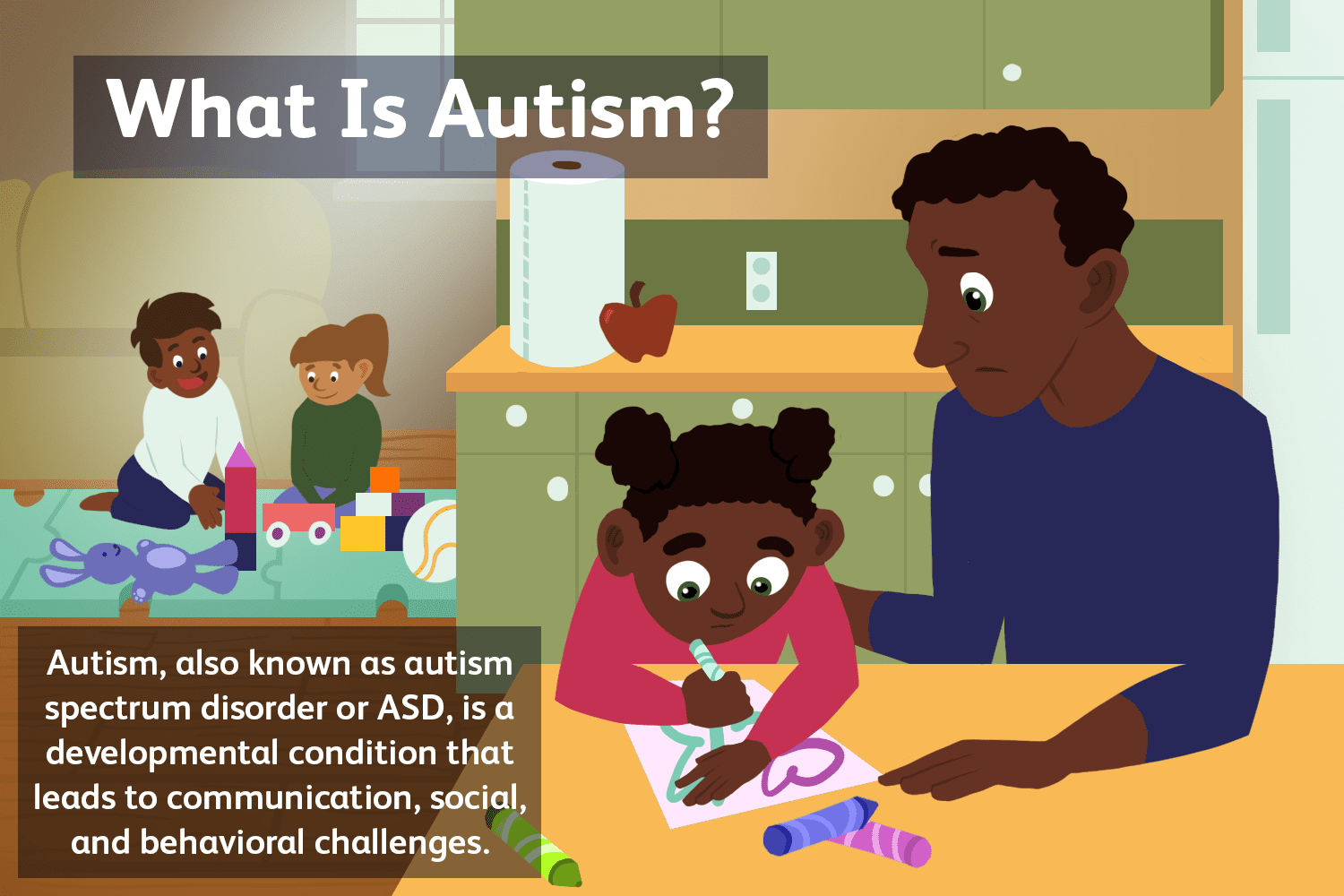
Dealing with bipolarity requires a deeper level of knowledge of the disorder. Bipolarity is a mental disorder wherein the person shows unusual mood swings. The symptoms of Bipolar disorder is overlapping with many other major mental disorders such as borderline personality syndrome or schizophrenia making the diagnosis difficult. Hence, it is crucial to have an understanding of the symptoms of this disorder to receive a better diagnosis and treatment. Bipolar disorder also known as Manic depression has intense emotional states which happen between distinct periods of time such as days to weeks. These intense emotional states are abnormal happiness or irritable mood(Mania or Hypomania) or depressive (depression) mood.
Causes of Bipolar Disorder
The exact reasons for bipolar disorder are still unknown and are often concluded as an amalgamation of different factors. Some of the factors are chemical imbalance in the brain or a family history of Bipolar disorder also has a higher chance of developing this mental illness. The combination of genetic factors and environmental conditions is often leading to bipolar disease running in families. Another important fact is the stressful life events such as the loss of a loved one or divorce or problems related to work, family, money, etc.
Different types of bipolar
There are mainly 5 types of bipolar disorders. Based on the length of the intense emotional states (also called mood episodes )we can identify the type of Bipolar Disorder. The mood episodes can happen multiple times a year and also may not occur. Even though we all have experienced mood fluctuations in this particular case the mood fluctuations are extreme. Bipolar disorders can be controlled and we can help the person to function in a healthy way through treatment and psychotherapy or counseling. The diagnosis starts with identifying the symptoms. These are a guideline for understanding manic and major depressive symptoms for dealing with bipolarity in a better way.
Manic Symptoms
- Insomnia: Lack of need for sleep
- Pressured Speech or Rapid speech
- Racing thoughts or quickly changing ideas or increased no of ideas.
- Distractability
- Increased activity and risky behaviors such as spending sprees, substance use, etc.
- High Self-esteem
- Inability in decision-making
- Psychosis
Hypomanic symptoms may last up to 4 days rather than a week and are not severe enough to disrupt the daily life of the patient.
Major Depressive symptoms
- Intense Despair
- Suicidal thoughts
- Lack of interest in activities
- Low self-worth
- Tiredness or fatigue
- Weight issues associated with an increased appetite or lack of appetite
- Abnormal sleep pattern. Either sleeps more hours or insomnia
- Guilt feeling with no specific reasons.
- Poor concentration and decision-making
Bipolar I: Bipolar I is when the person has manic or hypomanic mood episodes last 7 days or more. This may or may not be followed by depressive episodes that last 2 weeks or more. The manic episodes may be usually severe enough that require hospitalization. During periods of high-spirited energy or irritability, the patient may show at least 3 of the above-mentioned manic symptoms.
Bipolar II: Bipolar II is characterized by the less severe manic that is hypomanic episodes followed by depressive episodes. There are no manic episodes in the case of bipolar II. But the depressive episodes of Bipolar II are more long-lasting and more severe than Bipolar I disorder.
Cyclothymic Disorder: This can be said as a very mild form of bipolar disorder. Cyclothymic Disorder is characterized by the repeated mood shifting between hypomania and mild depressive episodes that may last for more than two years. The times of normal activity last less than 8 weeks. The intensity of these mood episodes never reaches that of a manic episode or a major depressive state.
Other specified bipolar and related disorders: These are the ones that don’t fit into any of the above-mentioned categories and have significant mood fluctuations that affect the patient’s ability to function.
Unspecified Bipolar and related disorders: These are similar to the other specified bipolar and related disorders. But the doctor doesn’t have the required information to make the judgment. This category can be helpful to receive emergency medical help.
Dealing with Bipolarity

Bipolar disorder is challenging to control and manage yet if it is diagnosed well the person can manage a normal life. Medications combined with psychotherapy are the best-considered treatment method. Medications help to bring the balance to symptoms and psychotherapy helps to relieve stress and to have a good dynamic with the mental disorder. Right treatment has helped people with bipolar disorder to go through years of symptoms-free.
Along with medication and psychotherapy, a lifestyle change can also help to keep the symptoms in check.
- Keeping a mood diary to understand the symptoms
- Eating a balanced diet
- Regulating the sleep pattern
- Staying physically active
- Staying away from alcohol or substance may increase the symptoms
- Seeking help from family and friends.
- Committing to the treatment and being proactive in seeking out new approaches to the treatment
- Educating the primary caregivers on the nature of the disorder.
Conclusion
Dealing with Bipolarity is a lot easier when we have a deeper knowledge of the disorder and its symptoms. Therefore it is crucial for the person to have a clear understanding of their symptoms and also communicate to the treatment provider. The most important aspect of dealing with Bipolarity is that the person takes full responsibility for their healing and makes sure they are actively looking at the factors they can control.
Reference
https://www.verywellmind.com/treating-bipolar-disorder-3576129
https://psychiatry.org/patients-families/bipolar-disorders/what-are-bipolar-disorders
Tags: Addiction and Substance Abuse, Dealing with Bipolarity, depression, Mania, Mental Health,









